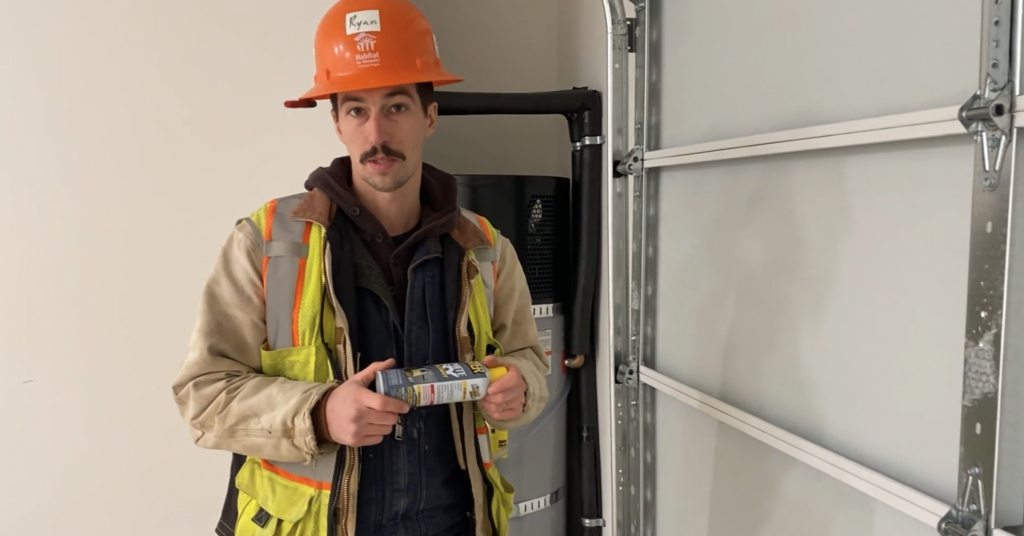
Garage doors are one of the most frequently used parts of a house, so they tend to collect more wear quickly over the years. Routine monthly and yearly maintenance can help extend a doors operational lifespan while saving you money and time from costly repairs.
Before you perform regular maintenance, gather the tools you’ll need:
- 2 x 4 wooden board
- Silicon-based lubricant
- Cloth rag
Photo sensors:
Begin maintenance by taking a cloth rag and wiping down the garage door photo sensors. You can locate both photo sensors at opposite ends at the bottom of the garage door. These help stop the garage door from closing if an object obstructs the door’s path. To test this, activate the garage door so that it begins to close. As it slides down and nears the ground, wave the 2 x 4 board across the sensor’s path. The door should immediately reverse. Test at least three different points in the beam’s path, and if the entry does not reverse, check the alignment of the sensors; they will light up when they are correctly aligned. If the garage door does not reverse, it is best to call a technician.
Manual balance and binding:
Once you’ve cleaned your photo sensors, inspect your garage door’s manual balance and binding by detaching your door from the automatic motor drive and into its manual setting. To turn your garage door into its manual setting, begin by disengaging the trolly. Pull the string hanging from the motor drive down until the bracket is vertical.
This will release the door from the motor drive, allowing you to open the door manually. Inspect the door by manually sliding it open and close to ensure it slides without issues.
Next, check the balance by lifting up the door until it’s about halfway open, then release it. The door should remain in place. If it slips down, that is a sign that it is not balanced. We suggest you call a service technician to balance your garage door. After inspection, you can re-engage the motor and trolly by pulling the cord horizontally and realigning the plastic nob with the tracks.
A safety tip to remember is if you are working on the garage door with it up, clamp the track under one of the rollers to prevent the door from accidentally slipping down.
Mechanical reverse feature:
To check the mechanical reverse feature of the door, you’ll need to ensure that the door is operating automatically. Place a piece of 2 x 4 wood board in the door’s path. Once it’s under the garage door (avoid triggering the sensors), activate the remote for it to close automatically.
When the door slides down and makes contact with the object, it should sense the pressure and reverse its direction. If it does not, call a technician to inspect your garage door.
Hinge Lubrication:
After your inspections, lubricate the rollers and continue to do so every couple of months to keep your garage door running smoothly. Lubricated rollers allow the garage door to slide up and down without grinding and damaging the track. After spraying the rollers with a silicon-based lubricant, use a dry cloth, and wipe off any excess that may drip down so that the solution doesn’t stain your floors or garage door. As a warning, WD-40 is not a lubricant, but a degreaser, which is the opposite of what a silicon-based lubricant would help with.
Inspecting your garage door for any wear can extend its longevity and save you money on expensive repairs. We recommend that you refer to the manufacturer’s recommendations in the manual. Call a professional technician to inspect your garage door if you need more complex repairs. For all you do-it-yourselfers, following these simple steps will help give you peace of mind and extend your garage door’s longevity for many years.


